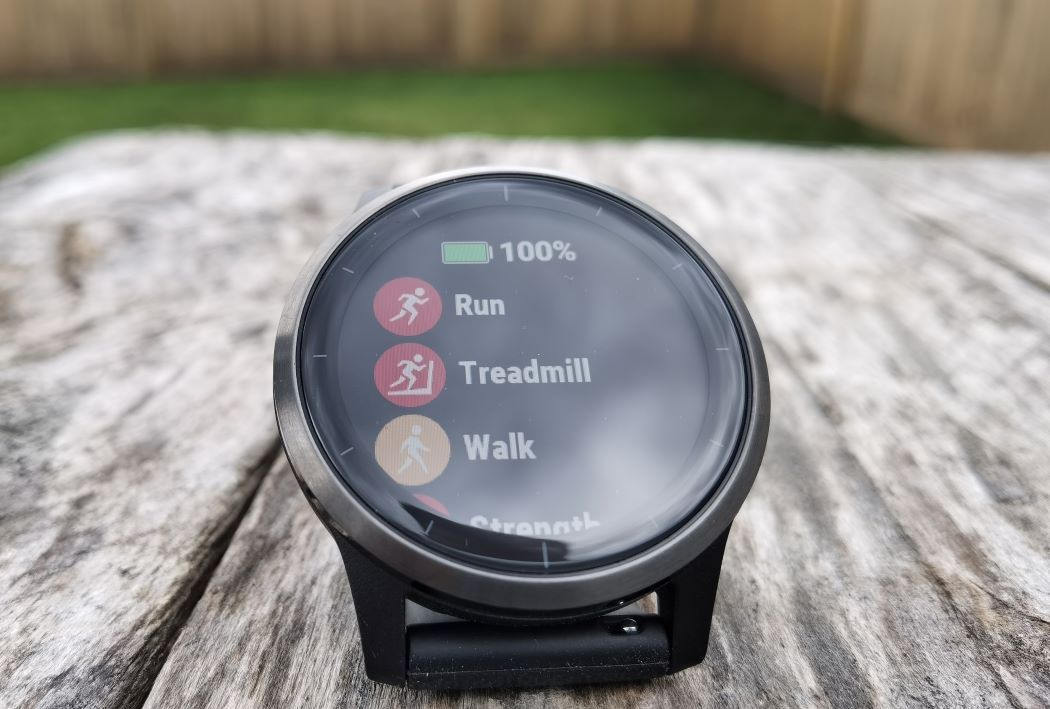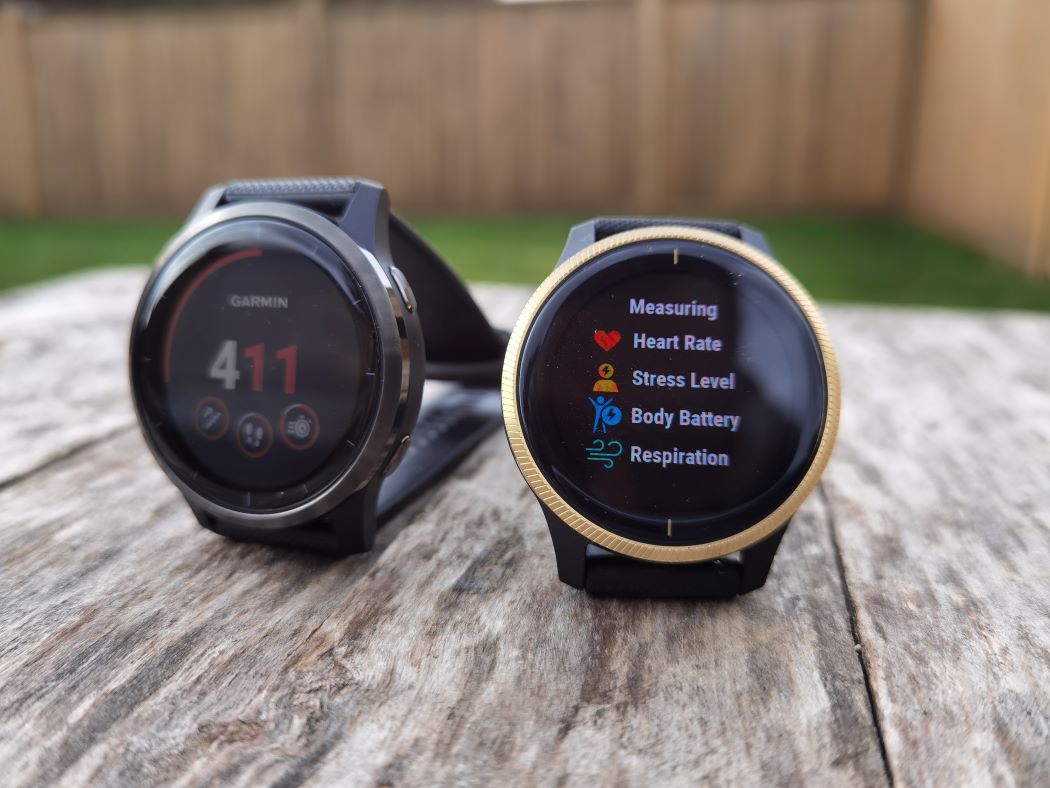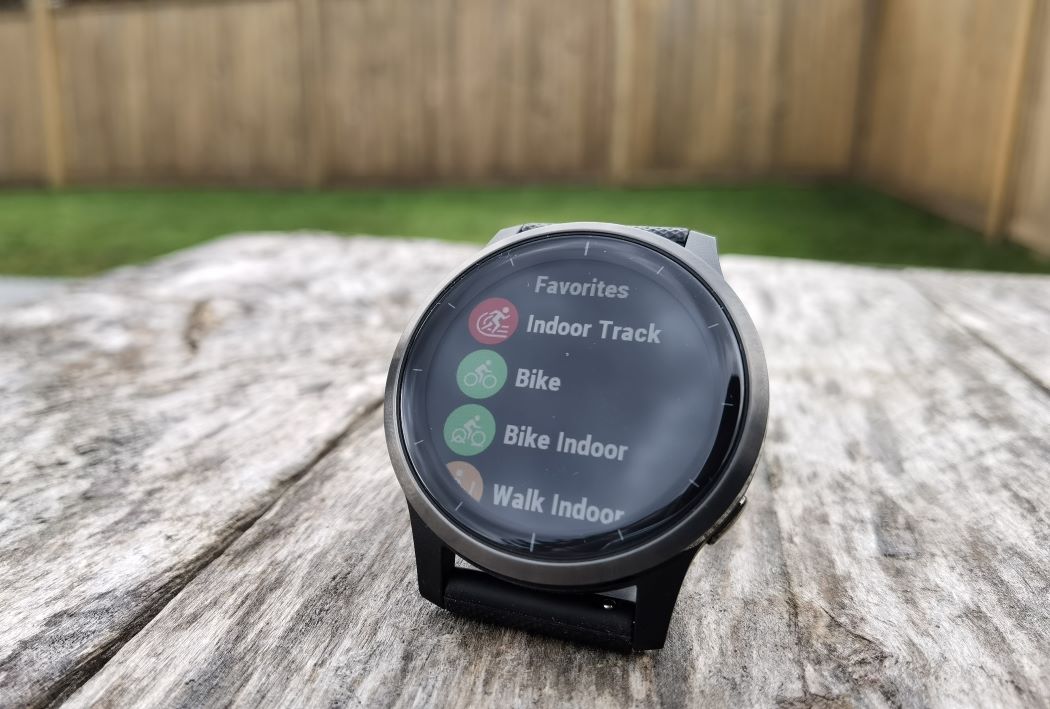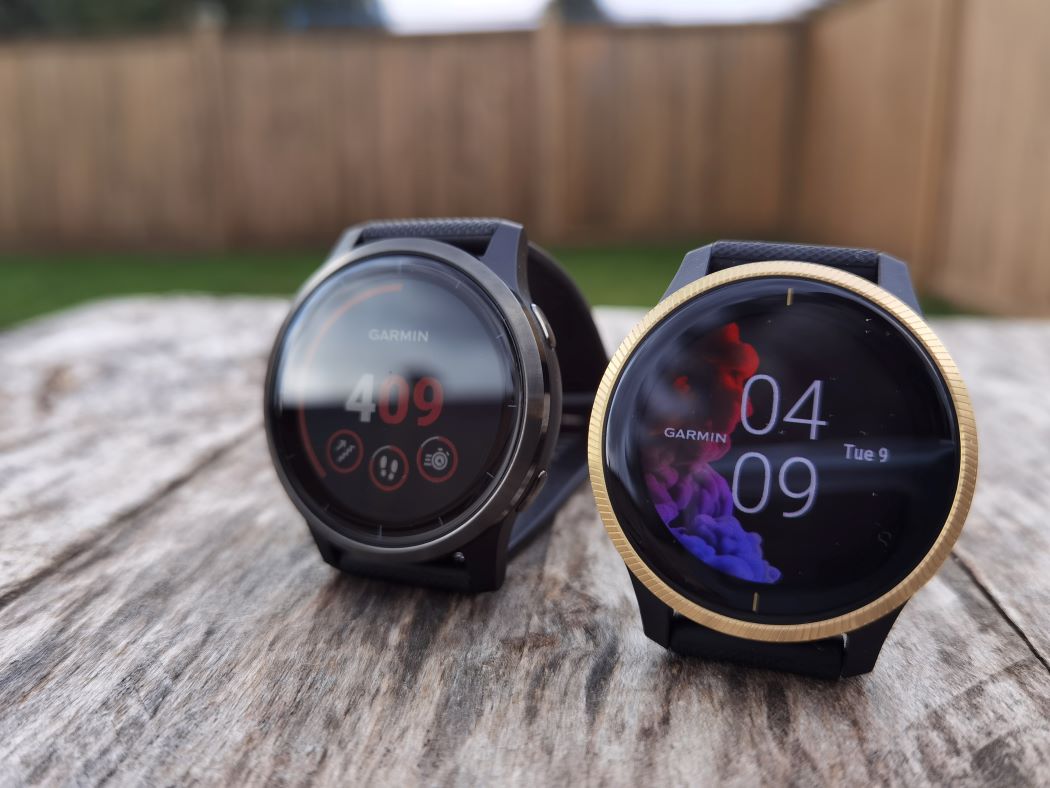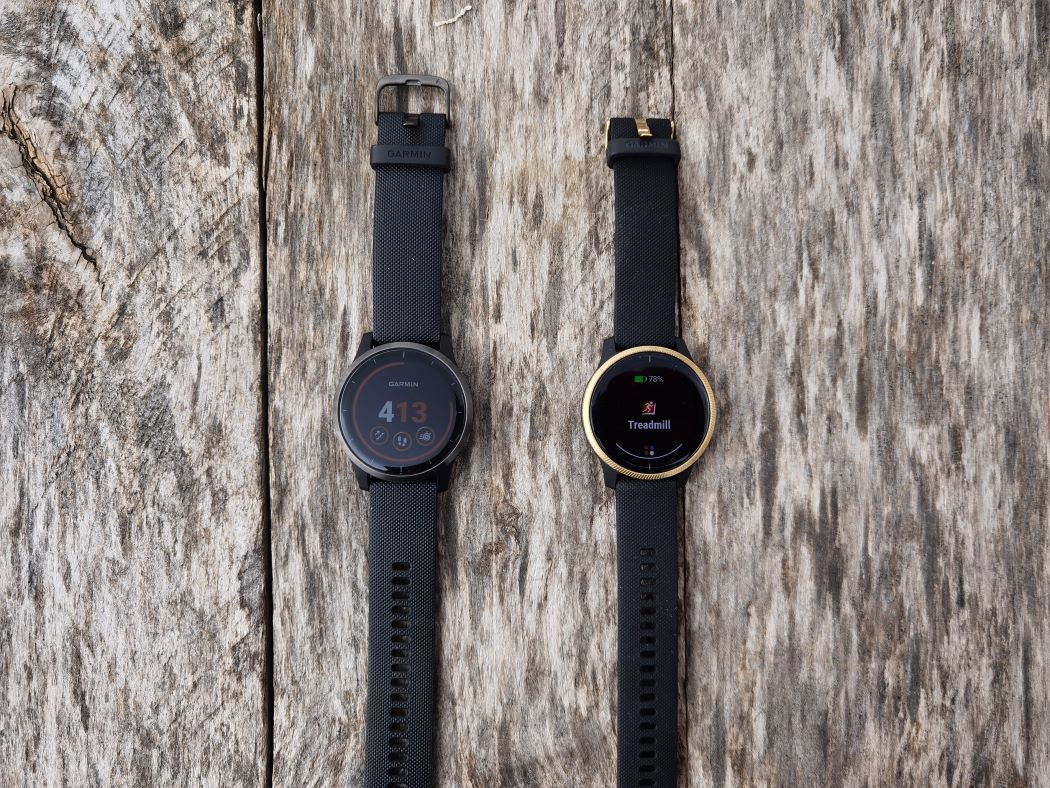
One of the fastest-growing categories in health and fitness is wearable tech. In a lot of ways, smartwatches are the new smartphones. Originally designed as a single-purpose device, smartwatches have become the proverbial “swiss-army knife” for the digital age.
I’m reviewing the Garmin Vivoactive 4 and Venu GPS Watch with Heart Rate Monitor. From tracking steps, heart rate, sleep, and calories burned, these two smartwatches do it all. With additional features such as pulse oximeter and VO2 Max, they aim to do even more. Could this be the missing piece to reach your fitness and wellness goals? Let’s find out.
Design of the Vivoactive 4 and Venu
The Vivoactive 4 and Venu look like traditional watches with a conventional rounded design. The Vivoactive 4 has a 33mm full-colour display with 260 x 260 resolution. With an always-on display, it’s readable in sunlight.
The Venu has a slightly smaller 30.4mm full-colour AMOLED display at 390 x 390 resolution. The display is not always on, but it can be set to stay on. While the Vivoactive 4 is the more expensive of the two, the display on the Venu looks better.
Both watches have touch displays with two buttons on the right side. The top button initiates actions such as turning the device on, start/stop activity, and view control menus. The bottom button serves as a back button to return to a previous screen. After just a couple of minutes, navigating the watch through the touch display and buttons felt very intuitive.
The Vivoactive 4 has a stainless steel bezel while the Venu is made from fiber-reinforced polymer with a metal cover. Both are housed in Corning Gorilla Glass 3 and come with a traditional silicone band that is flexible and comfortable to wear.
Fitness features in the Vivoactive 4 and Venu
The Vivoactive 4 and Venu are primarily designed as a fitness smartwatch. Users can track steps, calories burned, heart rate, sleep, and more. Both watches come preloaded with over 20 preloaded sports apps ranging from Run, Treadmill Walk, Strength, Row, Golf, Ski etc. Unfortunately for me, there is no dedicated Jump Rope app. There are dedicated apps for Yoga, Pilates, and even Elliptical.
Both smartwatches sync to the Garmin Connect app available for Android and iOS. The app collects and displays a variety of health and fitness metrics collected from the watch. The data is well organized and can provide visual graphs from workout data.
A “News Feed” tab provides a clever snapshot of workouts like running and strength training sessions. Imagine your Facebook newsfeed, but with just your workouts. Clicking on any workout will provide additional information such as calories burned, total workout time, and average heart rate.
Both watches also use GPS to track walks and runs outdoors. Users can see their route on Google maps display as well as pace information and even elevation gains. For those involved in online fitness communities or working with a personal trainer, workout data can be shared with others via a weblink.
Sleep tracking
We all know that rest and recovery is important as daily activity for optimal health and wellbeing. The Vivoactive 4 and Venu smartwatches offer a wealth of sleep metrics. Total sleep each night is displayed along with a breakdown of each stage of sleep: deep, light, REM, and awake. This information is displayed in graphical form, giving users a visual representation of their sleep quality and duration. Even movement and respiration rates are collected and displayed in graphical form.
Another interesting sleep metric collected is pulse oximetry (“Pulse Ox”). This is a method of determining blood oxygen level by shining light onto the skin and measuring the amount of light absorbed. Because it’s examining the blood oxygen in the smaller vessels, it’s referred to as peripheral oxygen saturation or Sp02. Ideally, Sp02 should be 95%-100%. Users can choose to track all day Pulse Ox or during sleep only.
Heart rate tracking
I’m one of those people who love to collect fitness and activity data. It’s no wonder that I was an early adopter of smartwatches and fitness trackers. My favourite metric to track is real-time heart-rate. That makes it easy to train in a certain zone and know when to push harder or slow down.
I found that the Vivoactive 4 was giving me inconsistent heart-rate data. So much so, I asked for a review extension so I could figure out the issue. During my daily 7 minute morning run to the gym, I would see heart rate data that matched my personal level of exertion. After about 7 minutes of continuous running, it’s usually between 155-165 beats per minute.
However, on some walks, the Vivoactive 4 would show heart rate levels over 140 beats per minute. In actuality, my normal walking heart rate at a moderately fast pace is 110. At night, my resting heart rate seemed to be normal. From my experience, the heart rate would sometimes be way off. I’m not sure why, but it was something I noticed over and over again. I’m quite perplexed by this and still haven’t figured out what the issue is.
Using the Vivoactive 4 and Venu
There are really two ways you can use the Vivoactive 4 and Venu. The first is to let it automatically collect your daily activity and sleep. From there, you can assess your data inside the Connect app and make adjustments from there.
Conversely, users can actively use the smartwatch during workouts. Inside the Connect app, users can find beginner, intermediate, and advanced strength training workouts for use at home or in the gym. From there, users need to start the workout on the watch to track reps and sets between each exercise.
I tried this at the gym but I struggled with remembering to look at the watch between sets and workouts. This tells me that it is a behavior that will take time to form. It’s a different way to train, but it’s also definitely cheaper than hiring a personal trainer.
One thing I kept doing throughout the week was starting workouts and forgetting to stop them. This included running, walking, and strength training sessions. I wish there was some type of AI built that could start and stop workout sessions without user intervention. For example, imagine a smartwatch that measured your weekly activity and could predict when and how long you workout. That would be a game-changer.
Final thoughts
As someone who loves collecting personal data metrics, I’m in absolute awe of what the Vivoactive 4 and Venu smartwatches provide. We’ve only scratched the surface of the type of health data it collects. It can even track breathing.
For a lot of people, data can be a motivating factor in staying committed to an active and healthy lifestyle. It’s hard to stay up late to watch Netflix when you know, through empirical data, that you’re not getting enough sleep. These smartwatches can help nudge us to make better day-to-day decisions.
There were some issues with the heart rate monitoring. I was getting inconsistent readings. If I wore this for a longer time, I think I would be able to figure out the issue. I’m curious to know if others experienced strange heart rate data as well.
What I do know is this. If you’re looking for an activity tracker to help you monitor and reach your health and wellness goals, the Vivoactive 4 and Venu smartwatches are worth considering. If you love personal data as much as I do, you’ll become a walking lab with these smartwatches.

